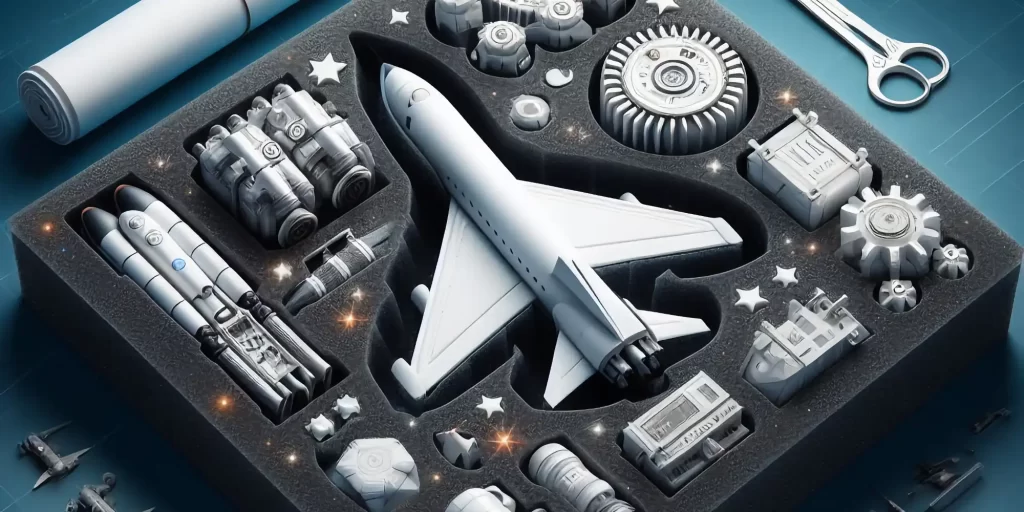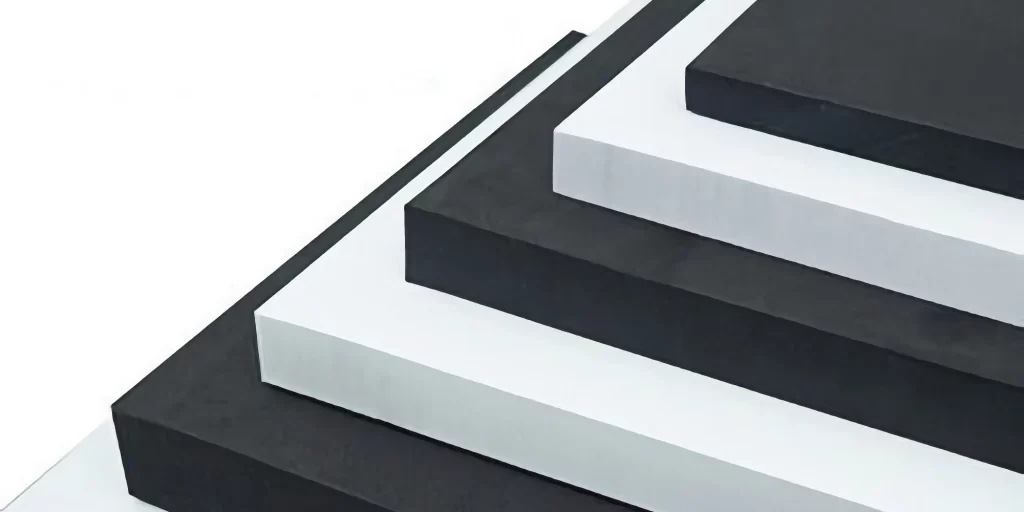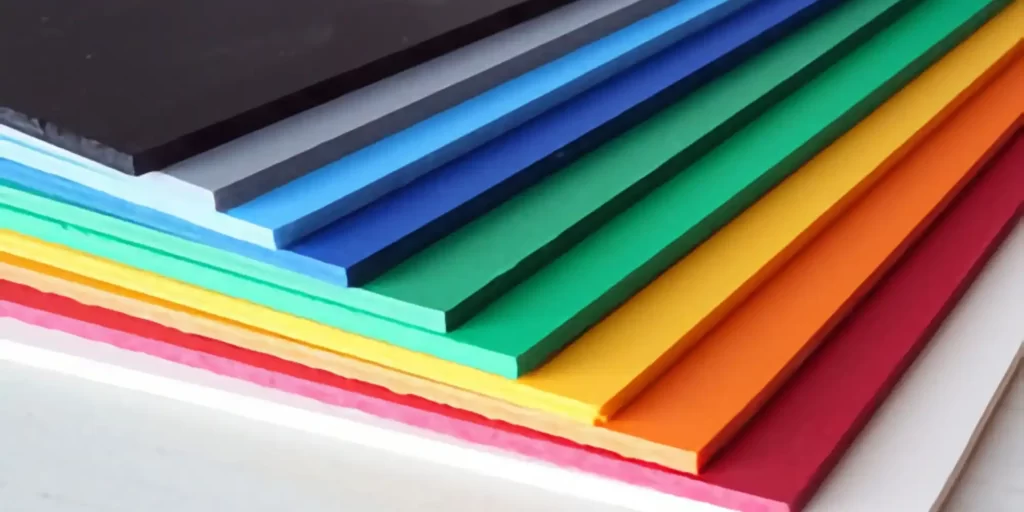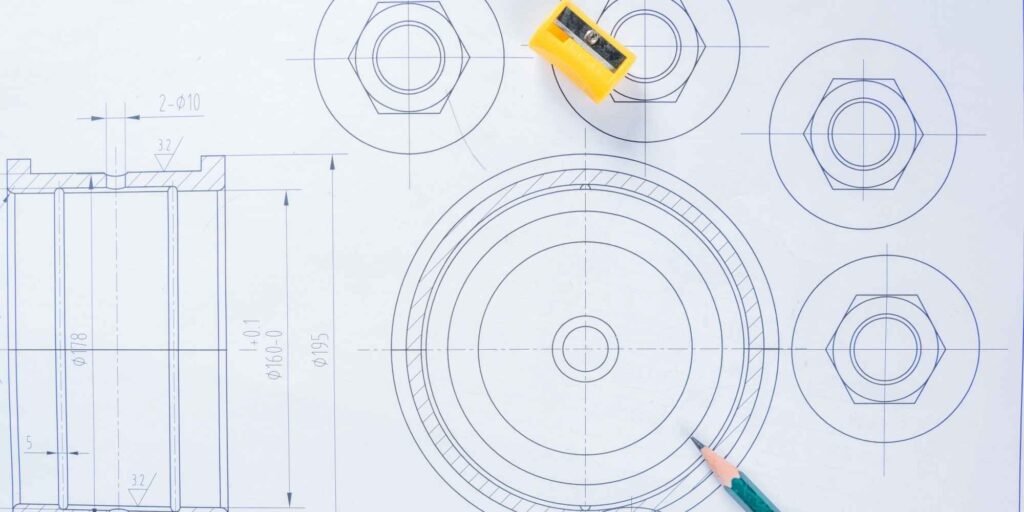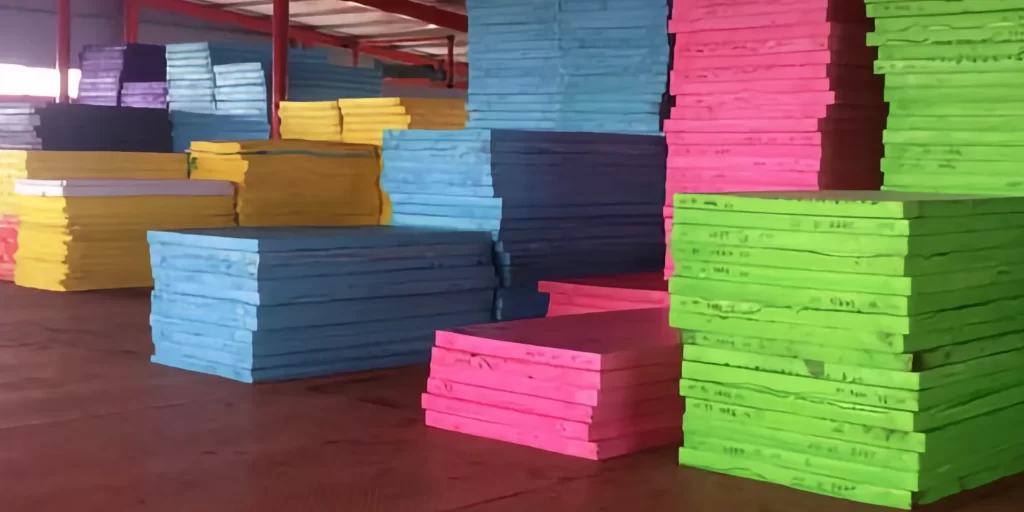Aerospace components are often delicate and require special care during transportation and storage. EVA foam is a versatile material that has become increasingly popular in the aerospace industry due to its excellent shock-absorbing properties and durability. In this article, we will explore the various applications of EVA foam in aerospace component packaging.
What is EVA Foam?
EVA foam, or Ethylene-Vinyl Acetate foam, is a type of closed-cell foam that is made from ethylene-vinyl acetate copolymer resin. It is a lightweight, flexible, and durable material that is resistant to water, chemicals, and UV radiation. EVA foam is commonly used in a wide range of applications, including sports equipment, footwear, and packaging.
Why is EVA Foam Ideal for Aerospace Component Packaging?
Aerospace components are often fragile and require special care during transportation and storage. EVA foam is an ideal material for aerospace component packaging due to its excellent shock-absorbing properties. It can absorb impacts and vibrations, protecting the components from damage during transit. EVA foam is also lightweight, which helps to reduce the overall weight of the packaging, making it easier and more cost-effective to transport.
Another advantage of EVA foam is that it is highly customizable. It can be easily cut and shaped to fit the specific dimensions of the components, ensuring a snug and secure fit. This is particularly important for aerospace components, which often have irregular shapes and sizes.
Applications of EVA Foam in Aerospace Component Packaging
EVA foam is used in a wide range of aerospace component packaging applications, including:
1. Cushioning
EVA foam is commonly used as a cushioning material in aerospace component packaging. It can absorb impacts and vibrations, protecting the components from damage during transit. EVA foam can be cut and shaped to fit the specific dimensions of the components, ensuring a snug and secure fit.
2. Insulation
EVA foam is an excellent insulator, making it ideal for aerospace component packaging. It can help to maintain a stable temperature inside the packaging, protecting the components from extreme temperatures during transit.
3. Protection
EVA foam is a durable material that can protect aerospace components from scratches, dents, and other types of damage during transit. It can be customized to fit the specific dimensions of the components, ensuring a snug and secure fit.
4. Customization
EVA foam is highly customizable, which makes it ideal for aerospace component packaging. It can be easily cut and shaped to fit the specific dimensions of the components, ensuring a snug and secure fit. This is particularly important for aerospace components, which often have irregular shapes and sizes.
Conclusion
EVA foam is an ideal material for aerospace component packaging due to its excellent shock-absorbing properties, durability, and customizability. It is used in a wide range of applications, including cushioning, insulation, protection, and customization. If you’re looking for a reliable and cost-effective material for your aerospace component packaging needs, EVA foam is an excellent choice.
